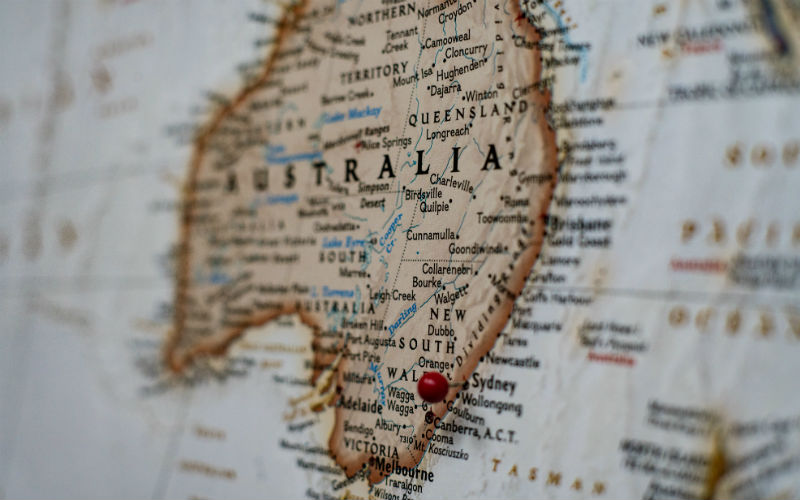Confidential Treasury analysis shows pay rises that pushed the average full-time salary above $100,000 overtook import costs and supply issues as the main driver of inflation in the June quarter, according to an Australian Financial Review report on Monday.
The publication obtained the data under freedom of information, reporting economists expect the trend to continue into 2024.
The analysis runs counter to claims that widespread price gouging has been responsible for Australia’s high inflation.
Multiple reviews are currently underway into supermarket pricing, including a senate investigation, a year-long ACCC inquiry, and a government-commissioned review of Australia’s food and grocery regulations.
The ACTU also commissioned its own review of grocery prices led by former ACCC boss Alan Fels who accused supermarkets of “overpricing”.
Wages the real culprit
The Treasury’s inflation analysis showed labour costs made up almost two-thirds of headline CPI in the year ended 30 June, 2023 when Australia’s annual inflation rate was 6%.
Import prices, global price shocks, and other factors accounted for the remainder, the AFR reported.
According to the analysis, when annual CPI peaked at 7.8% six months earlier, wages contributed to around 30% of the rise.
Analysts say the information underscores the risk that interest rates would need to stay higher for longer.
RBA flags wages issue
After the Reserve Bank of Australia’s first meeting for 2024 earlier this month, RBA governor Michele Bullock noted unit labour costs had increased “quite a lot – 7 or 8%” while productivity remained sluggish.
“It’s unit labour costs obviously that are important for businesses because it’s the cost of producing an extra bit of output and if they’re rising by that much, that’s what’s going into their cost base,” she told a media conference.
She said it had been difficult to get a read on productivity in recent times because of the effects of the pandemic.
“We are assuming in our forecasts that productivity does go back to something which is more normal and that’s going to be very important for bringing increases in unit labour costs down to a level that’s more consistent with inflation running at about 2-3%.”
Wages data sees strong growth
Last week, official Wage Price Index data showed Australia’s wages growth of 4.2% for year ending December 2023 had come in higher than CPI inflation at 4.1% for the first time in almost three years.
The wages figure was largely attributed to increases in public servant salaries.
Wages growth in the September 2023 quarter jumped 1.3%, the highest quarterly growth in the 26-year history of the WPI.
However, the latest quarterly figure of 0.9% for December suggests growth is slowing.
In its most recent statement on Monetary Policy, the RBA predicted “robust” wage growth in December but forecast wages would decline as the labour market continues to soften.
The annual unemployment rate in January was more than 4% for the first time in two years.
Analysts expect the figure to reach 4.5% by the end of 2024.
Image by Arlington Research on Unsplash

Ready, Set, Buy!
Learn everything you need to know about buying property – from choosing the right property and home loan, to the purchasing process, tips to save money and more!
With bonus Q&A sheet and Crossword!



 Harrison Astbury
Harrison Astbury
 Harry O'Sullivan
Harry O'Sullivan











